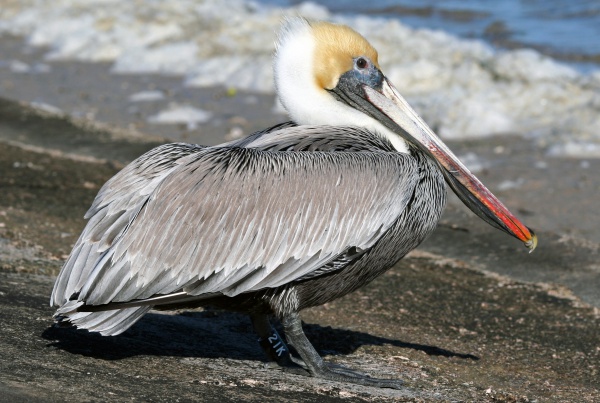Facts About Brown pelican
The brown pelican, an intriguing member of the pelican family, is native to the Americas. Its diet primarily consists of fish, but it also consumes other small creatures. These birds prefer to nest in colonies in secluded locations, laying two to three eggs per clutch. Although the brown pelican was once endangered in the U.S. due to pesticide exposure, it has made an impressive recovery following the ban on DDT. It is also revered as the national bird in several countries and serves as Louisiana's official state bird.
There are five recognized subspecies of the brown pelican, each with distinct breeding and non-breeding regions. This bird is part of a group that includes the Peruvian pelican and the American white pelican. Notably, the brown pelican is the smallest of the nine pelican species but is distinguished by its unique appearance and diving feeding technique.
Brown pelicans can be found along the Atlantic, Gulf, and Pacific coasts of the Americas. They thrive in marine environments, estuaries, and shallow waters. Although they are mostly resident birds, some migrate, particularly those in northern regions. Historically, human activities such as hunting and habitat destruction posed significant threats to them, but dedicated conservation efforts have led to population recoveries in many areas.
Brown pelicans are social animals, primarily feeding on fish using their characteristic diving techniques. They breed in colonies, forming temporary pairs during the nesting season. Despite facing threats from predators, parasites, and human disturbances, conservation measures have significantly helped stabilize their populations.
Culturally, the brown pelican holds a special place in various nations and has been featured in films and literature. Thanks to successful conservation efforts, they have been removed from the endangered species list in some parts of the U.S. However, ongoing monitoring and management remain crucial to ensuring their long-term survival.

 Belize
Belize